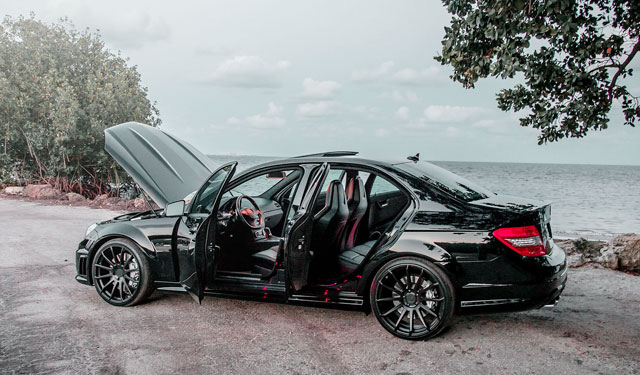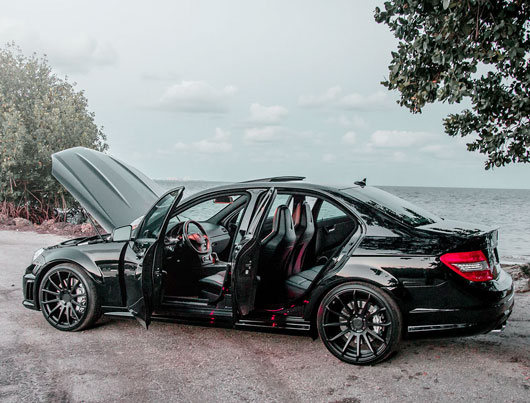
You probably asked yourself how to do pre-purchase car inspection, but truth be told, it is not hard at all. Most of us feel nervousness and anxiety when buying a car mainly because we don’t want to make a wrong decision that’s going to cost us a lot in the future. All of that can be avoided with right preparation. Here is our checklist you should follow if you want to buy a car that’s going to serve you well for years to come.
Engine compartment
Let’s start with the most important part and that is engine compartment. Engine and transmission can potentially cost you a lot of money if you don’t pay attention to worn out and failed components.
Transmission
To check the manual transmission, make sure you check the clutch. Put the car in gear and release the clutch to see when the car will start moving. If clutch separates only at the top, which means that it is won out. Also if shifting isn’t smooth, that could indicate a problem as well.
If you’re buying a car with automatic transmission, check out the oil level and clarity. If it’s dirty, it hasn’t been serviced well. Also, drive the car and go through the cars to make sure that it shifts well.
Engine
You can’t properly learn how to do pre-purchase car inspection if you don’t check the engine thoroughly. The first thing you should do is look for the service book. It will tell you all the services that have been done to the car throughout the years. But even if the car doesn’t have it, it is not too big of a deal.
Let’s start with engine oil. Pull the dipstick and check the level and clarity of oil. Pay attention to the presence of a white milky residue on oil dipstick, because that would mean that head gasket is blown, and that’s pretty much catastrophic failure.
Also, take off filler cap and check for unusual signs. Check the hoses, and other fluid levels, as well as the serpentine belt. Turn on the car and listen for any unusual noises, which could indicate faulty component. Don’t forget to check for any signs of an accident in the engine compartment.
Interior
When it comes to the interior, the main thing you have to do is check if everything works. Pay attention and check all electronic components thoroughly, and check for the overall condition of seats, headliner, buttons, etc. Check the trunk for possible accident damages.
Exterior
When it comes to exterior, you want to start with gaps. Uneven gaps almost always indicate that car has been in an accident. Check for any damages, dents, and scratches on bodywork, and also don’t forget to check for corrosion. Pay attention to areas where water and salt can accumulate like wheel arches, under doors, undercarriage, etc.
Lastly, take a car for a drive and listed for any unusual noises. Check how the car behaves, and if everything from this list checks out, you’ve got a winner. As you can see it is not hard to learn how to do pre-purchase car inspection, all you have to do is stick to our checklist.

